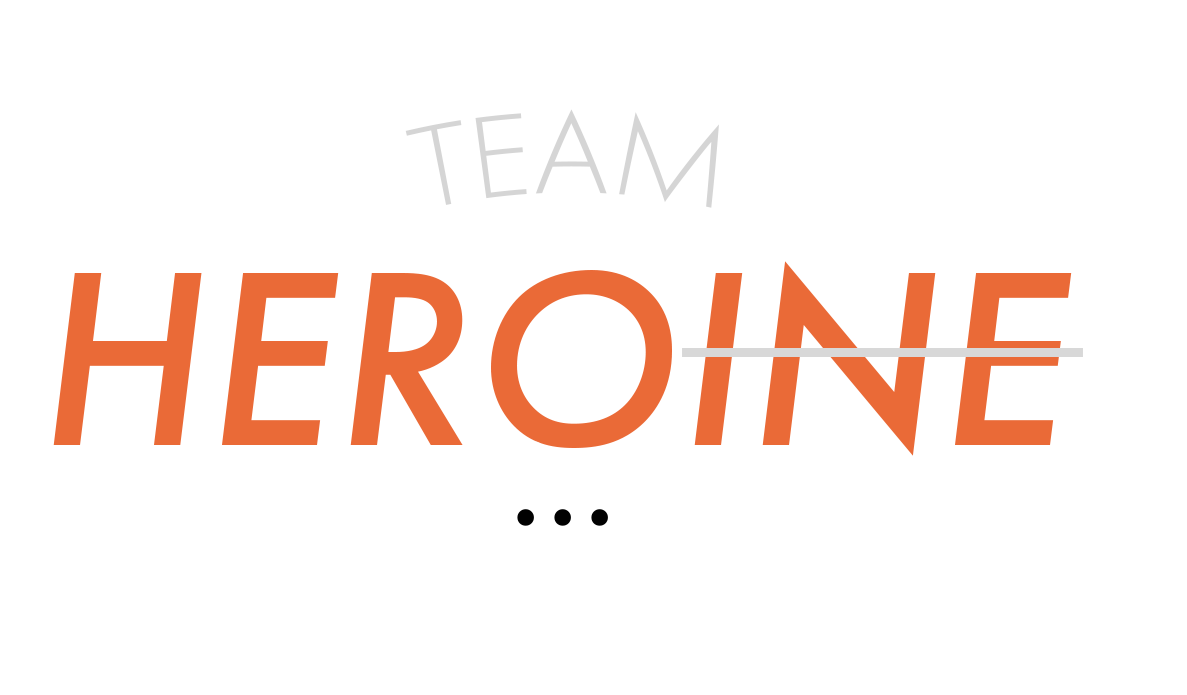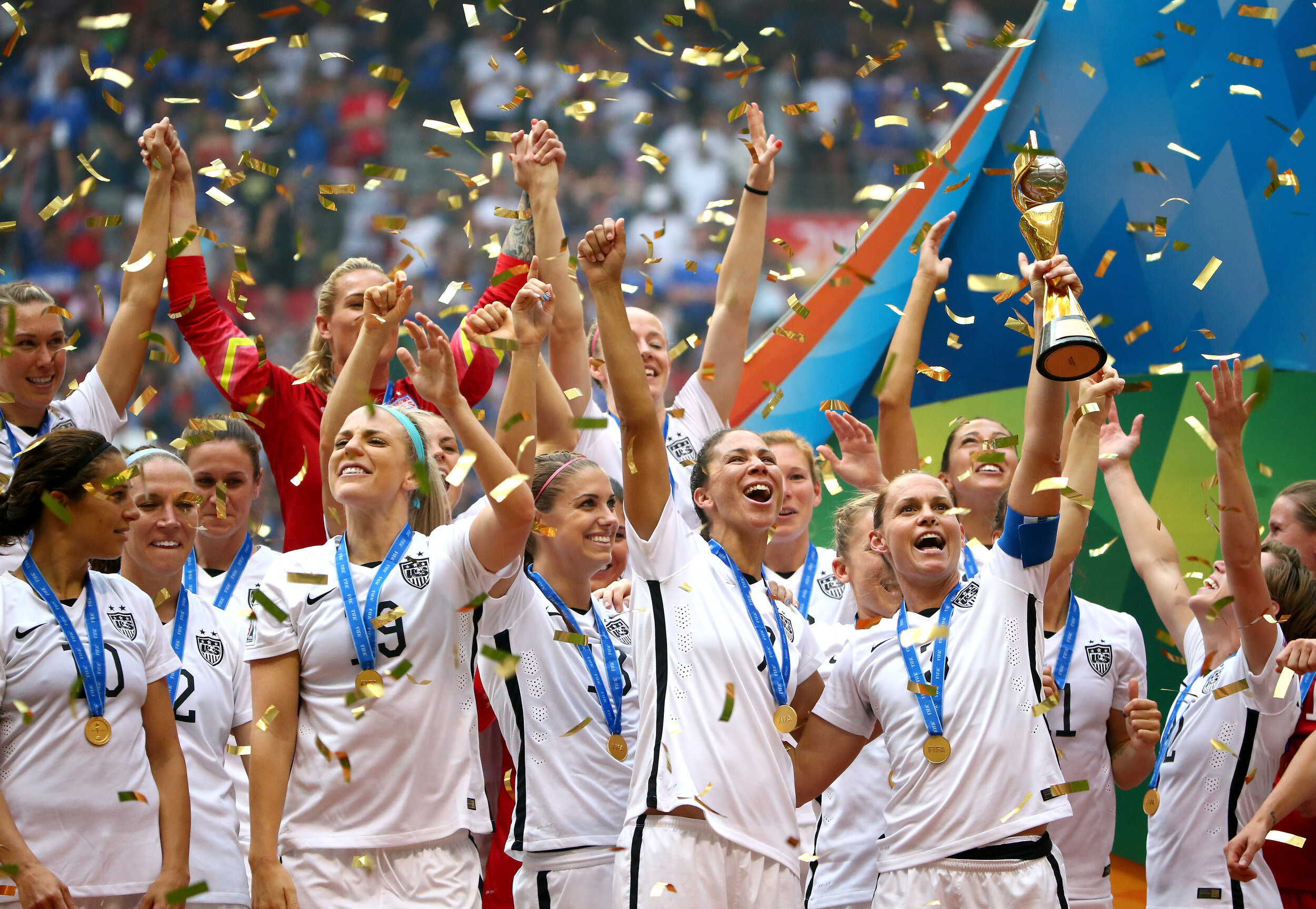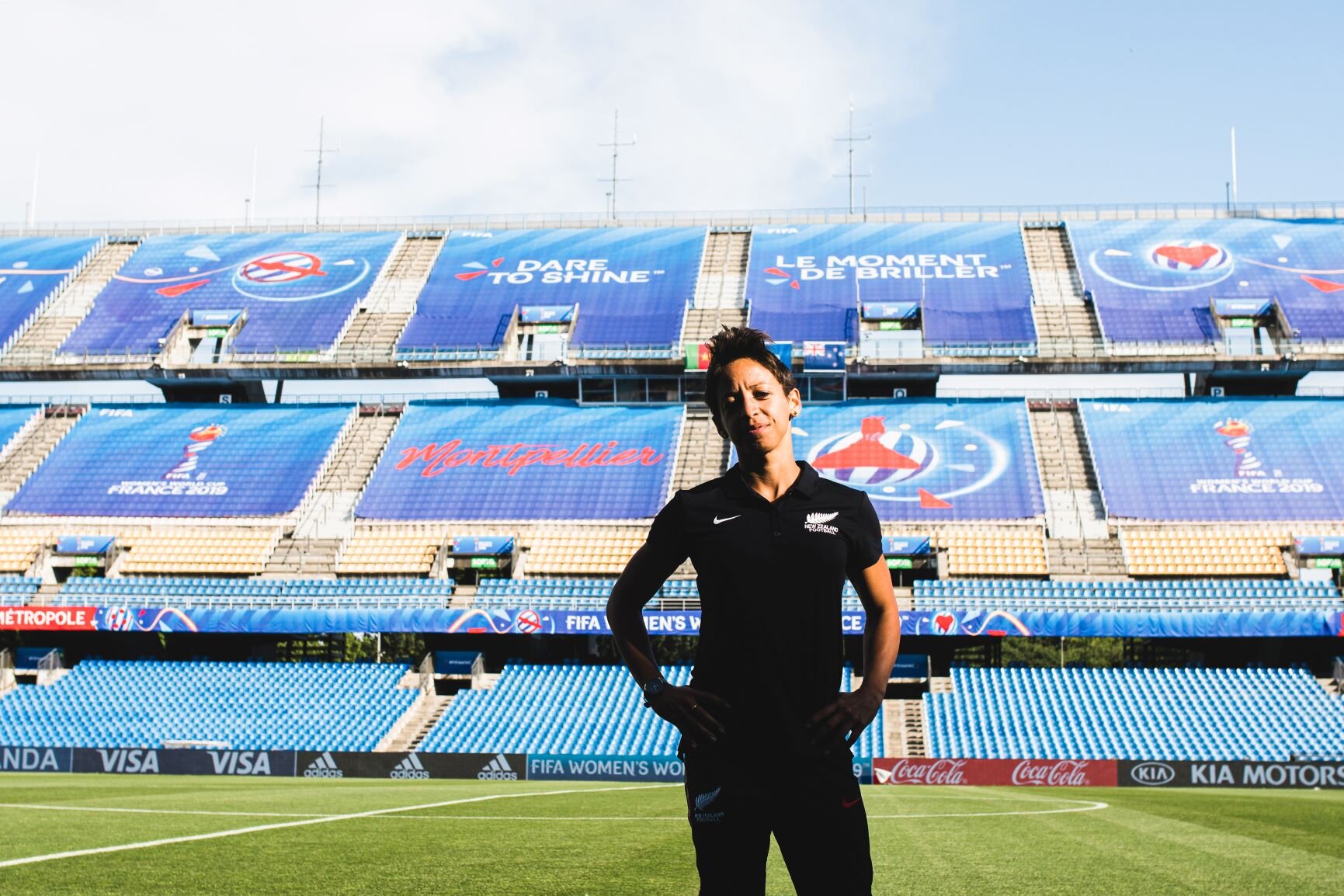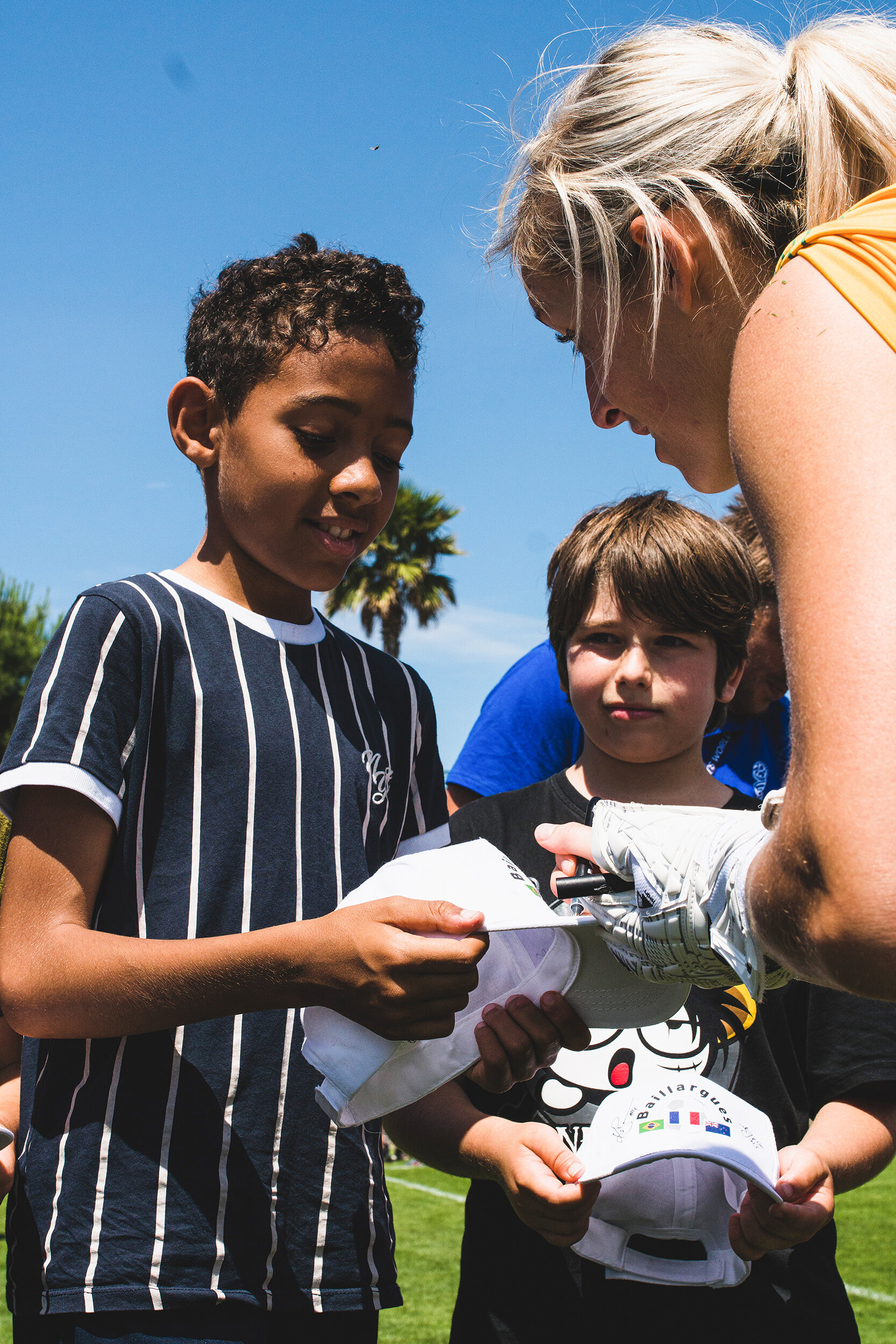Joint FIFA Women’s Football World Cup 2023 Bid A Must
Why New Zealand and Australia must team up in bid for women’s sports biggest event
The bid deadline to host the next edition of the FIFA Women’s World Cup in 2023 is just weeks away on 13 December. It’s imperative New Zealand Football and Football Federation Australia overcome any politics and team up to submit a joint host bid to ensure a win for fans, football and both countries.
A golden opportunity for New Zealand and Australia women’s football
4-months on from the FIFA Women’s Football World Cup and it seems like only now the hype of tea-sipping goal celebrations, spats with Donald Trump, pay equity chants and sensational on-field moves are starting to dwindle. However, for eight nations competing to host the next edition of what has become arguably women’s sports biggest event, there’s never been a bigger moment with the bid application deadline fast approaching on 13 December.
With over one billion people tuning in to watch the coveted tournament and the opportunity it has created not only for women’s football but for women’s sport in general, it’s easy to understand why Argentina, Australia, Brazil, Colombia, Japan, New Zealand, South Africa and South Korea (potentially with North Korea) have put their hand up to host the juggernaut event in 2023.
The US Women’s National Team are current Women’s World Cup Champions - Photo by Getty Images
With some ambitious growth rates including 60 million female players by 2026 and the huge opportunity to build on the momentum created in France in July this year, the decision by FIFA is perhaps it’s most important one yet to ensure the future growth of the women’s game. New Zealand’s track record, recently running successful junior World Cup tournaments including the inaugural U-17 Women’s World Cup in 2008 and the Men’s U-20 World Cup in 2015 has to put the Kiwis in good stead but with Australia’s fanatic following, Japan’s post-Olympic infrastructure and FIFA’s desire to ensure the development of the women’s game in South America, Asia and Africa, it’s anyone’s game.
The best way New Zealand and Australia can secure a win for themselves but also for fans, football and FIFA is by teaming up and entering a joint host bid.
Football Federation Australia Chairman, Chris Nikou has hinted that this is on the cards after FIFA announced the expanded tournament from 24 to 32 teams saying “a dual bid makes sense” (with the increased facilities required) but even before FIFA announced the increased tournament size, this should have been the avenue both countries were pushing. Here’s why.
An established partnership that fits
While it would be the first FIFA Women’s World Cup hosted by more than one nation, it’s not the first time New Zealand and Australia have joined forces to put on a world-class event. In 2015 they shared the Cricket World Cup and going back to 1987 they successfully ran the Rugby World Cup together. Having a tournament spread across nations is nothing new to FIFA either with Japan and South Korea hosting a successful men’s World Cup in 2002 and Canada, Mexico and the United States being awarded the 2026 tournament.
Football Federation Australia chairman Chris Nikou offered further confidence on a trans-tasman partnership claiming “we have a great relationship (with New Zealand Football)” and unlike a potential joint bid from South and North Korea who have a history of tension and conflicting values, we’re mates from way back and pretty much viewed by outsiders as the same place anyway. I mean most Northern Hemisphere people see us as one; a US college soccer teammate was certain there was a bridge linking the two counties. Even words like Down Under and ANZAC have been carved out to refer to our special relationship. With a short flight across the ditch, it's often less time that it takes to fly across European cities, US states or South American countries so we may as well own this one and present ourselves as a united front.
With the tournament expanding by eight teams, having two host nations automatically qualify isn’t going to cause any grievances, especially given the Football Ferns and Matildas are from different qualifying groups (New Zealand from Oceania and Australia from the Asia confederation).
A powerhouse operational duo
While there is no doubt France did a great job helping bring the Women’s World Cup into a new era, the opportunity to propel the women’s game even further in the next 4-years is huge and an equally mammoth task. Operationally this can be best done via a joint model with two strong contenders teaming up to produce a greater force.
Firstly, I'm a fan of a shared hosting model across any major sporting event - no one wants to see bespoke facilities built and turned into redundant wastelands like we’ve seen from past World Cups or Olympics and nor do we want to see any sport organisation (or government for that matter) left in debt after hosting a major event, so spreading the risk across two federations is a safe bet.
It also provides an opportunity to access the best available facilities and resources across two sporting nations instead of one. With a minimum of eight stadiums needed and FIFA’s demanding requirements including exclusive access, ‘clean stadiums’, specific accommodation and training requirements and with venue clashes from existing domestic competitions, having a wider pool of venues to choose from is going to ensure a ‘best-in-class’ operation.
Football Fern’s striker, Sarah Gregorius in France at this year’s FIFA Women’s World Cup - Photo by Nils Clauson
Add shared knowledge, networks and talent to the mix and you’re going to provide the greatest foundation to deliver a sound FIFA World Cup as well as future events in both countries with dual learning and experience.
Expanded sponsorship opportunities and split financial risk
One of FIFA’s two key objectives for this Women’s World Cup is commercial optimization. Spreading financial risk across two federations (and governments) combined with increased investment options makes this goal more of a reality
Firstly, by opening up two markets for corporate sponsorship, a wider pool of investment automatically becomes available. Most companies who warrant this type of sponsorship, sit across both New Zealand and Australia making it more commercially viable for them. They can tap into two marketing budgets and spread costs with economies of scale across activation, production, staff, customer and client engagement. This in turn is going to benefit the tournament producing better fan experiences, exposure and return on investment for sponsors.
The other core sponsor revenue is government funding. While it means total value has to be shared across two countries and challenges arise in terms of what each party puts in and gets out, it also means investment can be shared across both national or regional bodies. Not only does this model reduce risk for each party but it increases accountability to justify each dollar put in by the various organisations, ensuring there is no wastage.
The last key revenue stream is ticket sales and by drawing on two nation’s fans and reducing the supply of games in each country it’s going to maintain demand. There’s also the added bonus of having two host nations playing which almost guarantees those respective games will sell out.
From a cost perspective, while you think they would double with having to set-up two countries it’s not the case with numerous cost efficiencies with lines like marketing production, talent and legal which can be shared.
Enhanced fan experience and legacy
Football Fern Goalkeeper, Erin Nayler meets young fans at the FIFA Women’s World Cup in France - Photo by Nils Clauson
Some of the negative feedback from France was the ‘non-main’ games had empty stands. There is nothing worse than seeing a pinnacle event without packed stadiums on TV. By spreading the love to fans across two countries it’s a realistic feat to fill every match. More importantly it offers the chance for existing fans, new fans and boys and girls to be inspired in the flesh by the best in the world. It also offers a foundation for both Australia and New Zealand to grow their football programmes. The organisers could even use a South Pacific theme to create a regional vibe and help provide opportunities to develop the game in the whole region via pre-tournaments, shared resources and learning to ensure the island nations which are hot on FIFA’s growth agenda benefit from a tournament ‘Down Under’ as well.
For fans, the event is truly a global one with supporters from across the world traveling to see the best football stars in action. From living in both Asia and the US, most people I know who make the ‘epic trip’ to the bottom of the world, like to knock off both countries at the same time – if they are going to make the once-in-a-lifetime journey it’s usually for 4 weeks and cross-tasman. Spreading the tournament across both countries sets up the perfect travel schedule while providing a taste of the best facilities and experiences across Australasia rather than a sub-par offering where fans are forced to travel to a centre with limited accommodation options and poor facilities from that of a ‘second tier’ host city venue.
Summary:
Football Federation Australia and New Zealand Football need to work through any tough negotiations and conversations and ensure they enter a joint FIFA Women’s World Cup 2023 host bid on 13 December to produce a win for fans, football and each country.
By joining forces, they would knock off another strong contender but create an operationally unstoppable team and spread financial risk. It would ensure the best-in-class experience for players and fans by providing a greater pool of facilities and talent and give sponsors cost efficiencies and wider activation opportunities. Most importantly, it gives fans and especially kids the opportunity to be inspired in person and provides two football ecosystems with the foundation to grow.
The deadline for host bid applications is 13 December with FIFA site inspections taking place in January / February and a decision expected in May 2020. Countries entering a bid to host the 2023 edition of the Women’s World Cup include Argentina, Australia, Brazil, Colombia, Japan, New Zealand, South Africa and South Korea (potentially with North Korea). New Zealand Football and Football Federation Australia are yet to announce a decision on tendering a joint bid.
For the latest insight on women’s sport sponsorship and marketing, subscribe to my monthly Heroine Hit!



